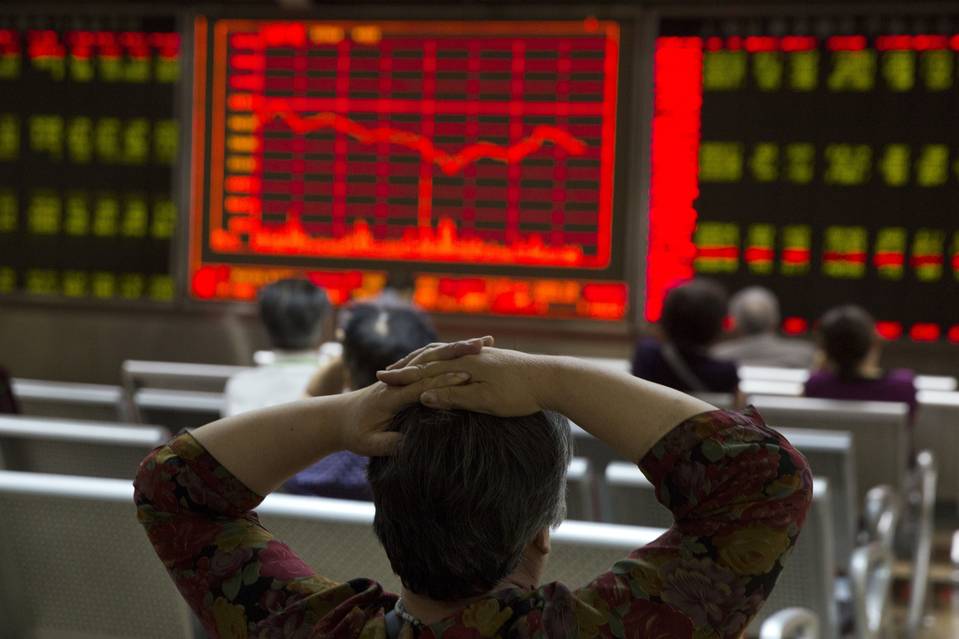
Many believe statistics are being overstated during the current slowdown
The view that China is growing far slower than official figures show is going mainstream, with global investors among those basing decisions on a rate of about 5 per cent.
According to government statistics, China’s economy grew at an annual pace of 7 per cent in the second quarter of this year, in line with Beijing’s target for the year and the World Bank’s estimate of 7.1 per cent.
However, doubts have long lingered about the veracity of Chinese economic data, with many analysts believing figures to be understated during times of rapid growth and overstated during the current slowdown. A strategist at one European asset manager described the official growth figure as “a very crude propaganda tool”.
The recent decision by the People’s Bank of China to devalue the renminbi, a move that rattled markets across the world, has been seen as evidence that China’s economy is in far worse health than official data indicate.
Some have turned to other estimates, such as the “Li Keqiang index” – a composite of indicators favoured by China’s prime minister, such as electricity production and railway freight volumes. Many of those gauges fell into outright contraction late last year.
Bob Browne, investment chief at Northern Trust, said the fund manager recently lowered its growth forecast for China for the next five years to “5 per cent and change”, which he said was a recognition that using official figures was “really no longer appropriate”.
“We just can’t reconcile it with the private sector surveys or more valid government bottom-up numbers,” he said.
The true nature and rate of Chinese growth is a vital ingredient for investors and economists as they seek to measure demand for global commodities and forecast growth rates for the countries that produce them.
Sharp falls in the price of many raw materials, including oil, copper and iron ore, over the past year have been seen as added proof that China, the biggest consumer of many commodities, is actually growing well below the stated rate.
“If you see the kind of hard data entering into the composition of the so-called Li Keqiang index, growth is today probably closer to 5 per cent than 7 per cent,” said Jean-Louis Nakamura, chief Asia investment officer at Lombard Odier.
Some are more bearish. Lombard Street Research reckons China grew at an average rate of 4.7 per cent in the first half of the year, while Citi’s chief economist, Willem Buiter, believes growth could already be as low as 4 per cent.
Those views chime with a confidential survey conducted by Consensus Economics, a researcher, which asked economic forecasters what they believed the true rate of Chinese growth has been this year. Those polled gave an average growth figure for the second quarter of just 4.3 per cent, and a forecast for the current quarter of 5.1 per cent.
A separate Bank of America Merrill Lynch survey of fund managers released on Tuesday showed that the majority of investors expect China to be growing at 4.1 per cent to 5 per cent in three years’ time. Most gave an answer of 5.1 per cent to 6 per cent just a month ago.
Figures about 5 per cent contrast with the consensus estimate from investment bank economists, which is currently 6.9 per cent for 2015. David Meier, economist at Julius Baer, has an official forecast for this year of 6.7 per cent, but notes “suspicion that the figures could be 1 per cent to 2 per cent overdone”. “At the end of the day, we have to comment, analyse and publish forecasts based on the official [gross domestic product] data series,” he said..
BY JOSH NOBLE






























